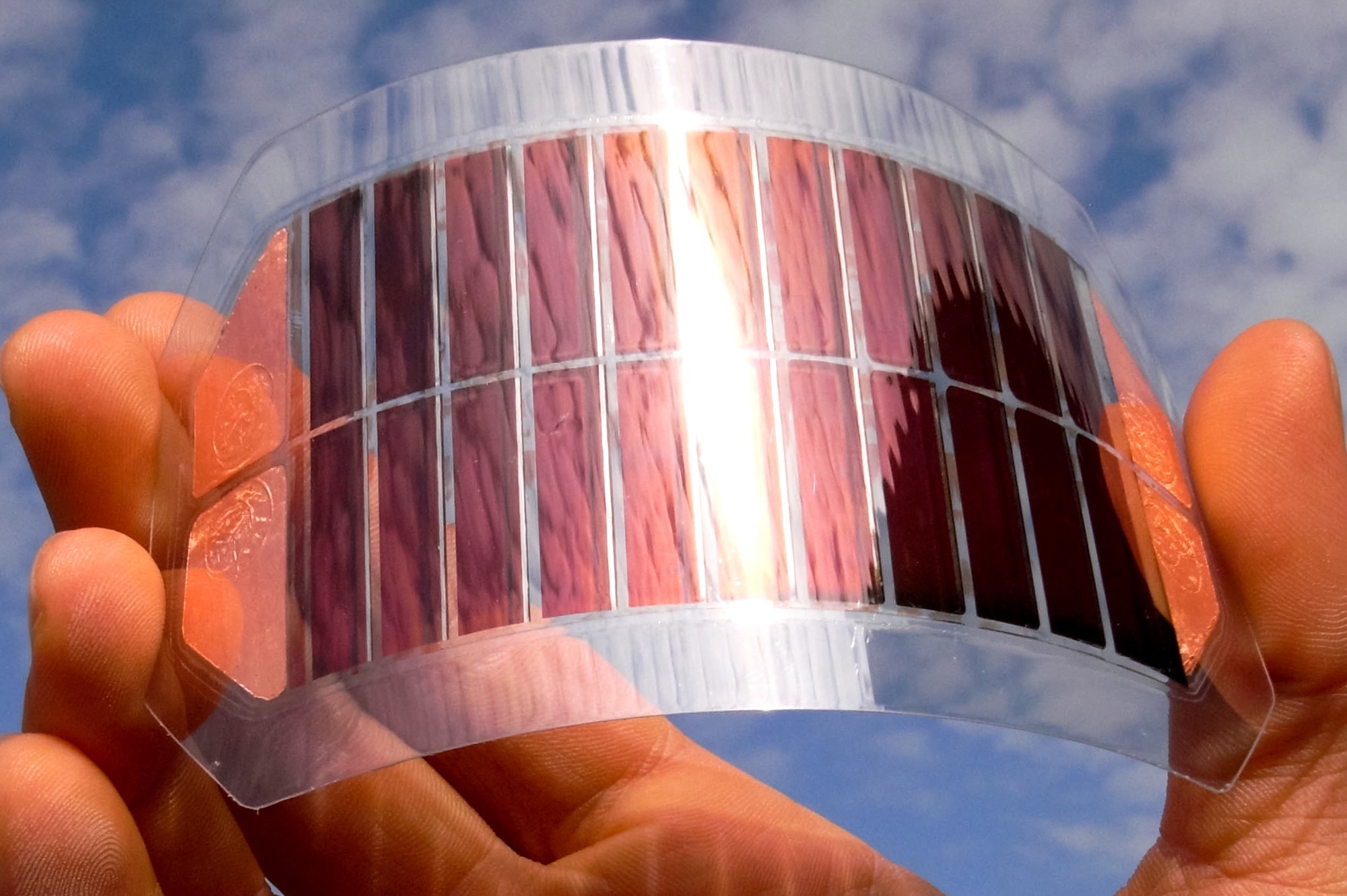The sun is arguably the most important renewable resource, providing energy in the form of both heat and light. As recent trends suggest, with solar panels becoming more of a regular sight on people’s homes, harvesting and converting the sun’s energy is becoming increasingly popular.

Image Credit: Shutterstock.com/LuYago
While solar cells are nothing new, recent advancements in photovoltaic cells are nothing short of remarkable. Yet, even with the progress and potential applications for solar power, there are still some limitations to the technology, namely, how the time of day and weather conditions can limit its use and effectiveness.
Such limitations have led researchers at the University of Houston to develop an innovative solar harvesting device that could potentially generate 24/7 solar power. Both Bo Zhao, Kalsi Assistant Professor of mechanical engineering, and his doctoral student Sina Jafari Ghalekohneh have broken through the limits of traditional solar devices.
With our architecture, the solar energy harvesting efficiency can be improved to the thermodynamic limit.
Bo Zhao, Kalsi Assistant Professor of Mechanical Engineering, University of Houston
Reaching the Maximum Thermodynamic Limit
Typically, solar thermophotovoltaic cells (STPVs) work by absorbing sunlight, activating electrons in a semiconductor wafer, and creating a current ready for conversion into an electricity supply. Therefore, STPVs normally consist of layers, one of which is the side that faces the sun and absorbs light (photons).
In this system, photons are converted into thermal energy, but the thermodynamic efficiency for a solar cell exposed to the full power of the sun’s radiation is only able to reach around 85% of its capacity. This limit, known as the blackbody limit, is some way off the proposed Landsberg limit (93.3%) which is considered the optimal limit for solar energy harvesting.
In this work, we show that the efficiency deficit is caused by the inevitable back emission of the intermediate layer towards the sun resulting from the reciprocity of the system. We propose nonreciprocal STPV systems that utilize an intermediate layer with nonreciprocal radiative properties.
Bo Zhao, Kalsi Assistant Professor of Mechanical Engineering, University of Houston
What this means is that the emissions that are usually discarded and redirected back towards the source of power – the sun – are instead funneled back towards the cell, thereby generating a greater photon flux.
"We show that, with such improvement, the nonreciprocal STPV system can reach the Landsberg limit, and practical STPV systems with single-junction photovoltaic cells can also experience a significant efficiency boost," Zhao stated.
Developing Novel Solar Devices
The importance of developing advanced solar technology is now more important than ever as a result of the global energy shortage and the need to hit net zero (carbon emissions) by the year 2050, as stressed by policymakers and global leaders. To hit this target, emissions should be reduced by at least 45% by 2030 to ensure global warming does not exceed 1.5 °C, as recommended by the Paris Agreement.
Therefore, the novel solar device that Zhao and Ghalekohneh have detailed and described in their paper in the journal Physical Review Applied marks an important stepping stone to improving the efficiency of solar technology.
The pair claim that this novel STPV technology could also be paired with economical thermal energy storage units, which would, in theory, create a system that could produce electricity 24/7, therefore overcoming the limitations of conventional solar cells that are solely reliant on daylight or weather conditions.
Our work highlights the great potential of nonreciprocal thermal photonic components in energy applications. The proposed system offers a new pathway to improve the performance of STPV systems significantly. It may pave the way for nonreciprocal systems to be implemented in practical STPV systems currently used in power plants.
Bo Zhao, Kalsi Assistant Professor of Mechanical Engineering, University of Houston
Besides enhanced efficiency and breaking the limits of traditional STPVs, this system promises “compactness and dispatchability,” which in a nutshell means generating electricity on demand based on market needs – a timely arrival for a world already facing an energy crisis.
References and Further Reading
Jafari Ghalekohneh, S. and Zhao, B., (2022) Nonreciprocal Solar Thermophotovoltaics. Physical Review Applied, [online] 18(3). Available at: https://journals.aps.org/prapplied/abstract/10.1103/PhysRevApplied.18.034083?ft=1
Fickman, L., (2022) Solar Harvesting System has Potential to Generate Solar Power 24/7. [online] Uh.edu. Available at: https://uh.edu/news-events/stories/october-2022/10032022-bo-zhao-solar-harvesting-24-7.php
Disclaimer: The views expressed here are those of the author expressed in their private capacity and do not necessarily represent the views of AZoM.com Limited T/A AZoNetwork the owner and operator of this website. This disclaimer forms part of the Terms and conditions of use of this website.